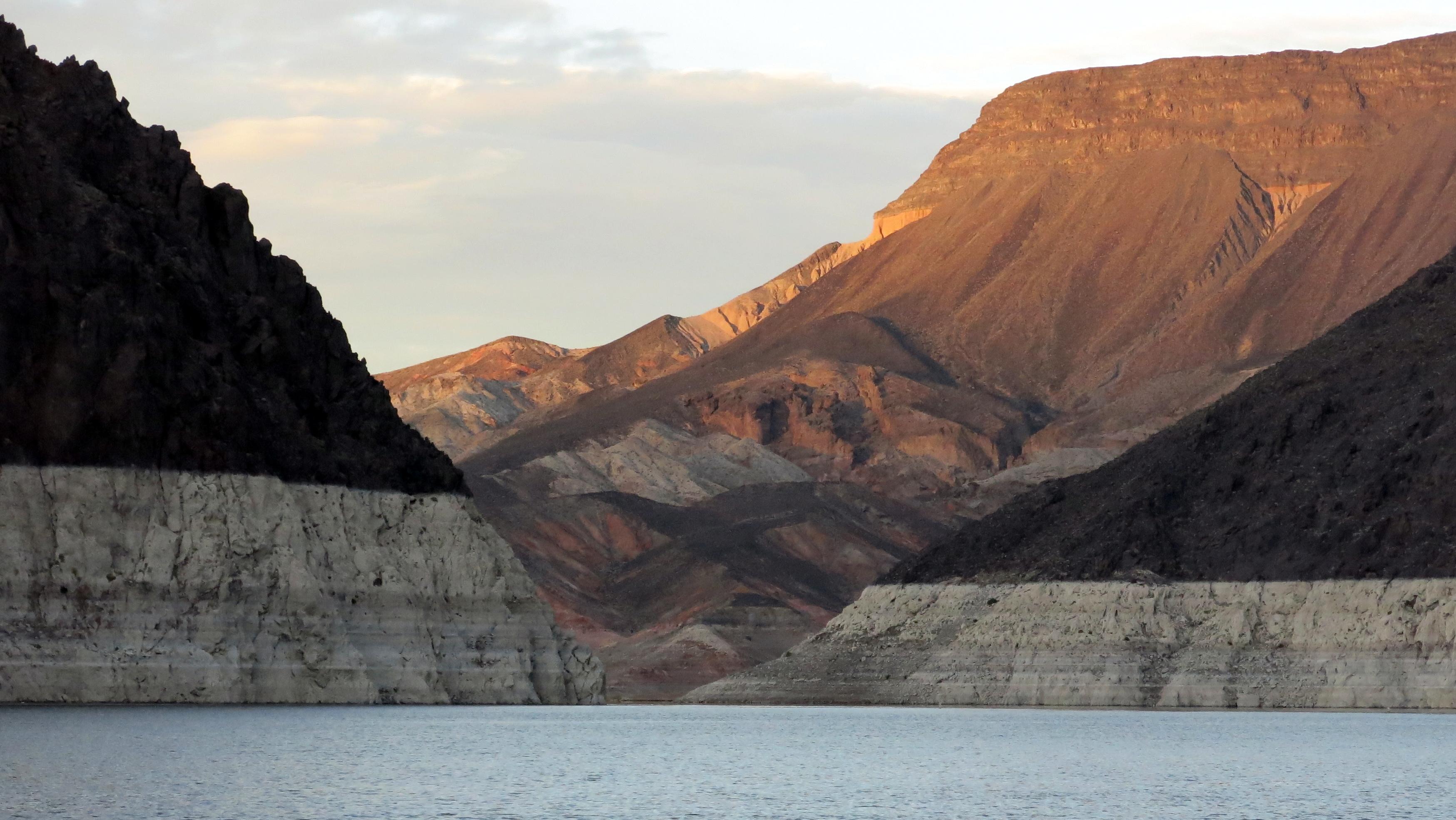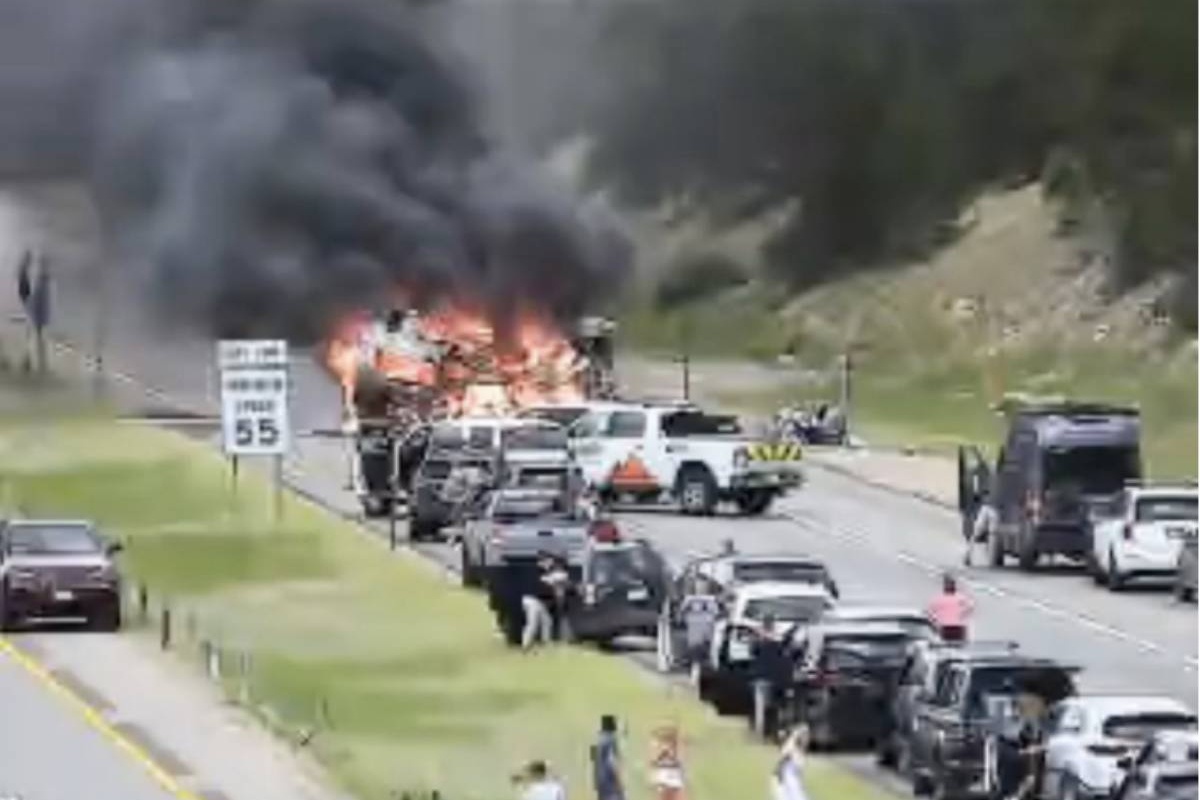

New Yorker staff writer David Owen wanted to see where all the water on the Colorado River comes from and where it ends up. So he followed it from end to end, through farms, reservoirs, dams, power plants and waste ponds. Some of the river's uses surprised him, like the fact that most palm trees in California do not grow there naturally and are sustained with Colorado River water.
Owen's new book is "Where The Water Goes: Life and Death Along the Colorado River." He will hold events at bookstores in Denver, Fort Collins and Boulder this week.
As a staff writer at the New Yorker, Owen also interviewed President Donald Trump when he was a candidate, and asked about the West's water future.
Owen spoke with Colorado Matters host Ryan Warner.
Read an excerpt of the book:
From WHERE THE WATER GOES by David Owen. Published by arrangement with Riverhead Books, an imprint of Penguin Publishing Group, a division of Penguin Random House LLC. Copyright © 2017 by David Owen. I grew up in Kansas City, and, like many people who grow up in Kansas City, I spent a lot of time thinking about places far away. Most of all, I thought about the Rocky Mountains, six hundred miles to the west. I first visited Colorado on vacation with my family, when I was six, and I returned many times: for summer camp, for adventures with friends, for backpacking, rock-climbing, and skiing, and for my freshman and sophomore years of college. The first big purchase I made with money that I myself had earned was a fancy mountaineering sleeping bag. I hung it on a wall in my bedroom at home, both to keep the goose down from compacting and to remind my parents that I was just passing through. In 1976, when I was twenty-one, I spent the summer living in a rented house in Colorado Springs and working on the grounds crew of an apartment complex on what was then the outskirts of the city. During most of day, my coworkers and I moved hoses and sprinklers around the property, to keep the grass green; then we mowed what we had grown. We had to be at work at six-thirty but weren’t allowed to begin mowing until seven, to allow the residents to sleep in, so for the first half-hour we devised alternative methods of waking them up, such as slowly dragging shovels across parking lots. Watering was like a race. The grass began to turn brown almost the moment we moved our sprinklers, partly because we were a mile above sea level in what is essentially a desert, and partly because the apartment complex had been built on porous ground, on the site of an old quarry. One night, I dreamed that one of the Rain Bird rotary sprinklers we used at work was keeping me awake by rhythmically spraying me in bed, and I made a mental note to ask my housemate not to water my room while I was trying to sleep. Among the many questions I failed to ask myself that summer was where all the water we used at work came from. All I knew was that every time I attached a hose to a spigot and turned it on, I could run it full force until it was time to go home. I now know that the city’s water in those days came from local surface streams and wells. I also know that, since then, the Colorado Springs metropolitan area has more than doubled in population and sprawled far into the Eastern Plains, and that today much of its water comes from the other side of the mountains. The most important source is the Fryingpan-Arkansas Project, a vast manmade water-moving network a hundred miles or so southwest of Colorado-Big Thompson. It collects snowmelt from the watershed of the Fryingpan River—a tributary of the Roaring Fork, which is a tributary of the Colorado—and moves it under the Continental Divide to users in the state’s southeastern quadrant. The Fry-Ark consists of six big dams, sixteen small dams, four miles of canals, twenty-seven miles of tunnels, and two hundred and eighty-two miles of conduits. It was authorized by President Kennedy in 1962 and took almost twenty years to complete, and the average user of the water it delivers doesn’t know that it exists. I learned about the Fry-Ark not long ago, while following the Colorado River from beginning to end. I had decided that a useful way to think about water issues of all kinds would be to trace the course of a single river, to see where the water came from and where it went. The Colorado is an ideal subject for such a study, both because of its economic importance—it has been called “the American Nile”—and because at fourteen hundred miles it’s short enough to follow from beginning to end but long enough to cross a great deal of varied terrain. Following the Colorado also gave me an opportunity to wander around in a part of the country where I once believed I was destined to spend my adult life (living in a cabin, climbing mountains, making pemmican, eating plants I’d read about in Stalking the Wild Asparagus, and writing poems in a battered notebook). I didn’t travel the river in a boat, the way John Wesley Powell did; I followed it on land, in a succession of rental cars. During several week-long trips, the first of which began two days after my flight with Pitt and Kunkel, I traced as much of the Colorado’s length as I could without getting wet. I drove more than three thousand miles; made many stops, detours, and redundant loops; and listened to the first three volumes of the audiobook of Game of Thrones. I also received what I now think of as a graduate-level education in the river and its many dependents, human and otherwise. The Colorado provides an especially useful introduction to water issues because we literally use it up. The river’s historical outlet is at the northern end of the Gulf of California, also known as the Sea of Cortez, where the Baja Peninsula joins the mainland like an arm attaching itself to a torso. But people who depend on the Colorado divert so much water as the river winds through the southwestern United States that since the early nineteen-sixties it has seldom flowed all the way to the end, and since the late nineteen-nineties has made it only once. There’s a point, not far from the border, where the water simply runs out, and from there to the gulf what ought to be the river’s streambed becomes difficult to distinguish from the arid expanse on either side. For most of the past fifty years, the Colorado’s historical delta, which once was a complex and intermittently verdant wetland, has been a million-acre desert. People who drive into or out of the town of San Luis Rio Colorado, in the Mexican state of Sonora, sometimes complain about having to pay a six-peso toll to cross a bridge that spans only sand. |









